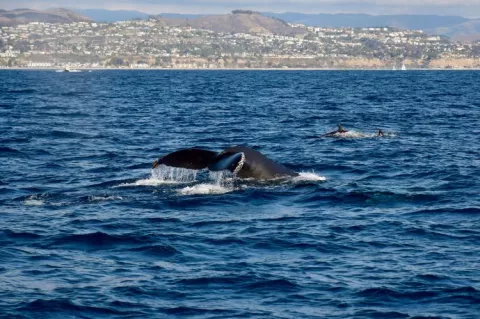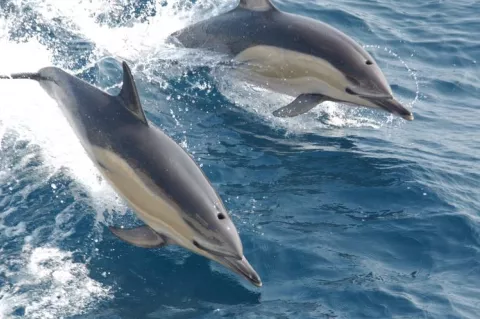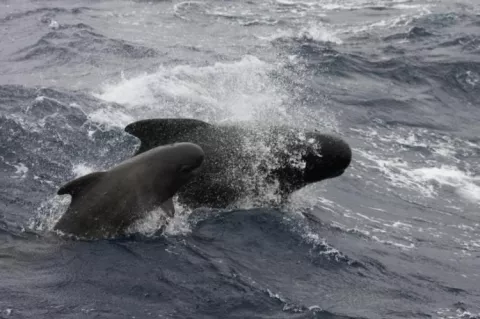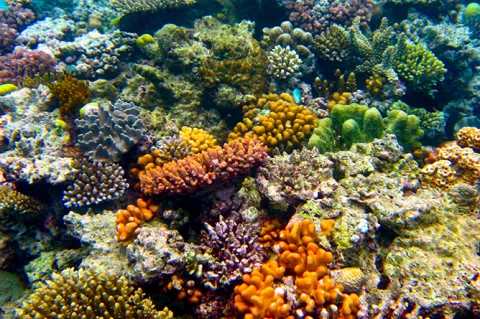Business rivals worked together to make Dana Point a Whale Heritage Site
In late January 2021, the World Cetacean Alliance (WCA) named Dana Point, California as a Whale Heritage Site, the first such site in the Americas.
The reasons were obvious: As one of the world's top whale-watching destinations, it hosts a variety of whales all year round, including the blue whale. It has more dolphins per square mile than anywhere in the world. Dana Point also has a small non-commercial harbor, community support, and undertaken public outreach and education, advocacy and research efforts.





